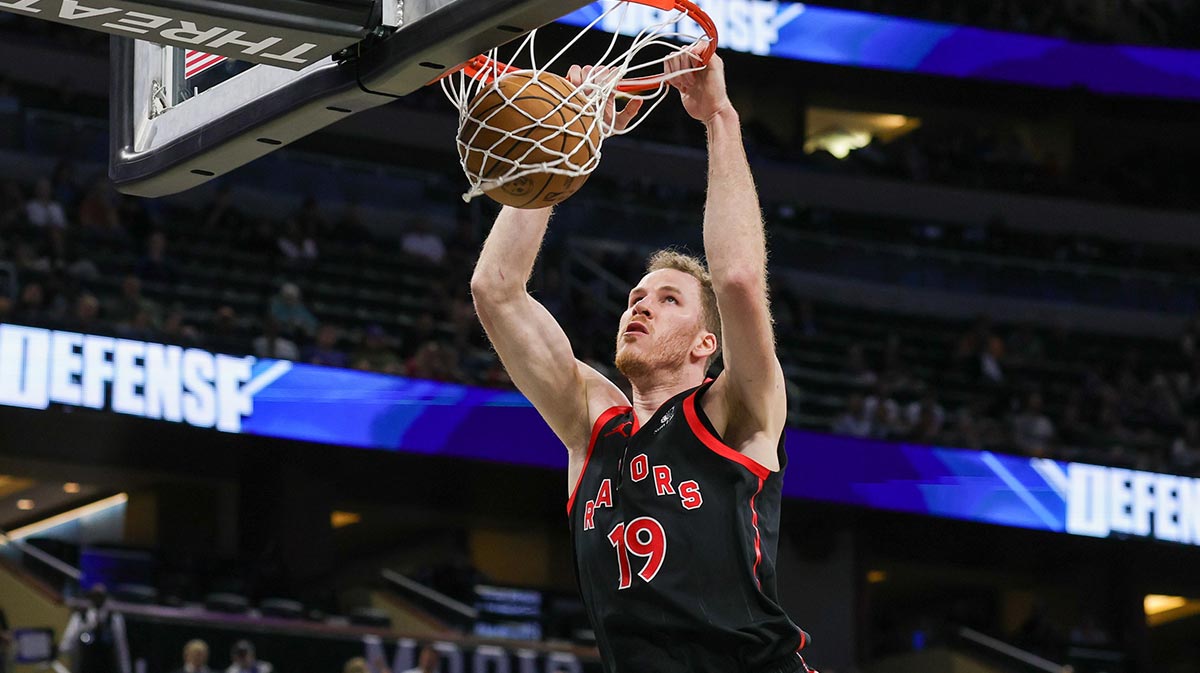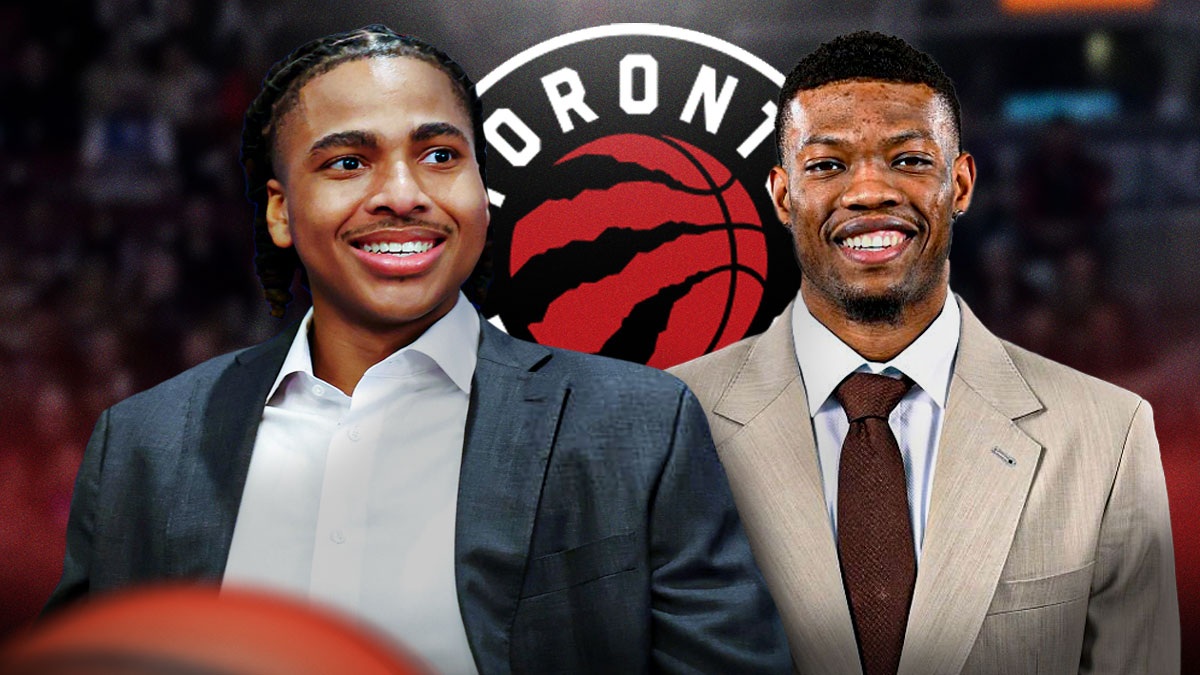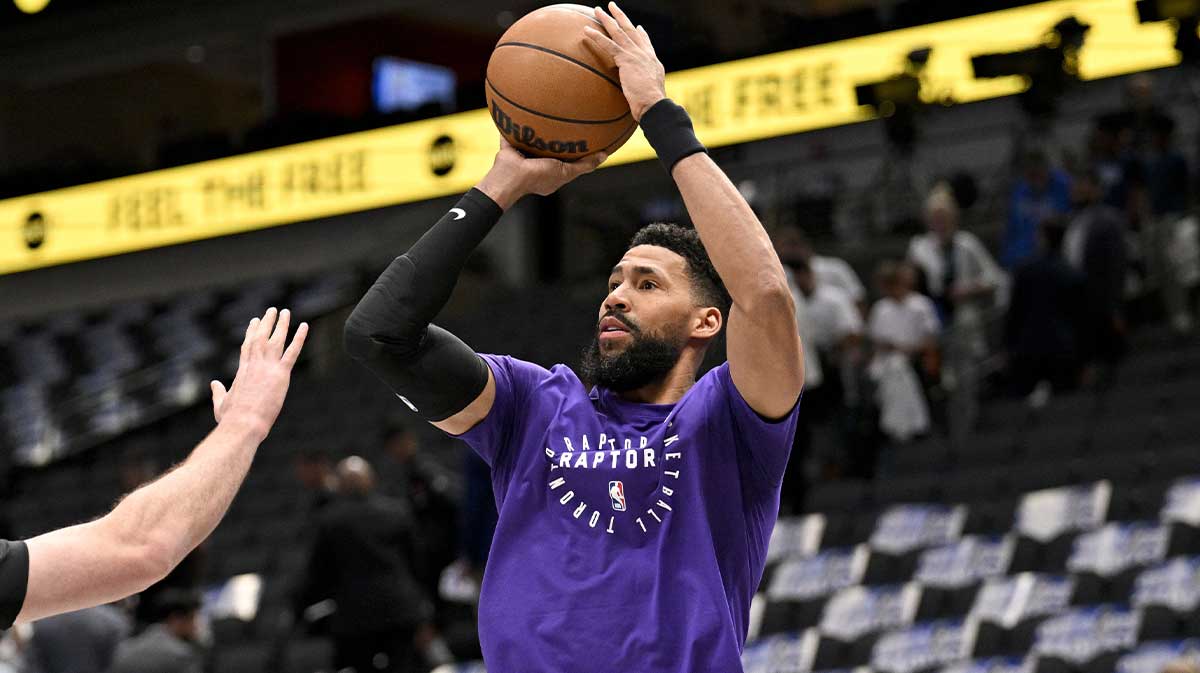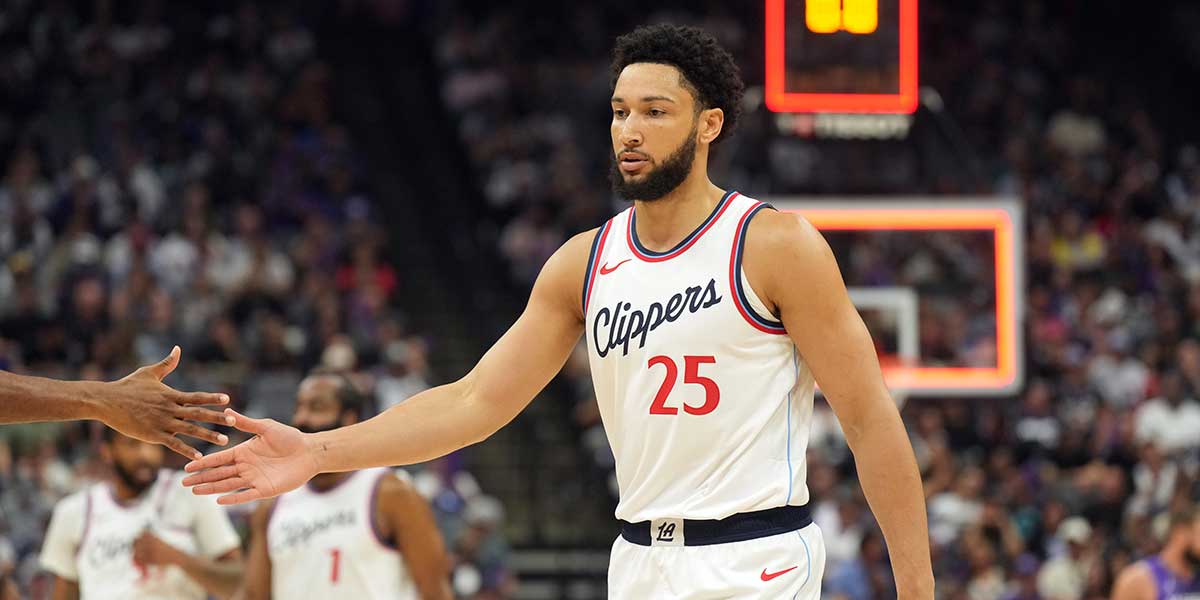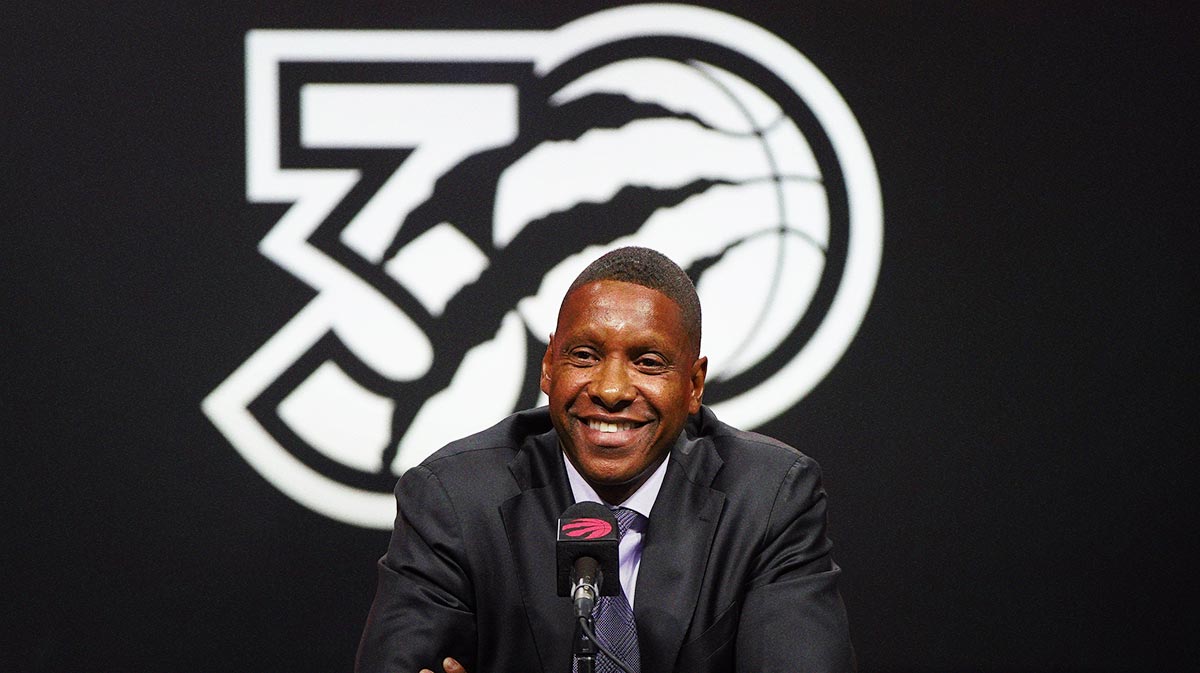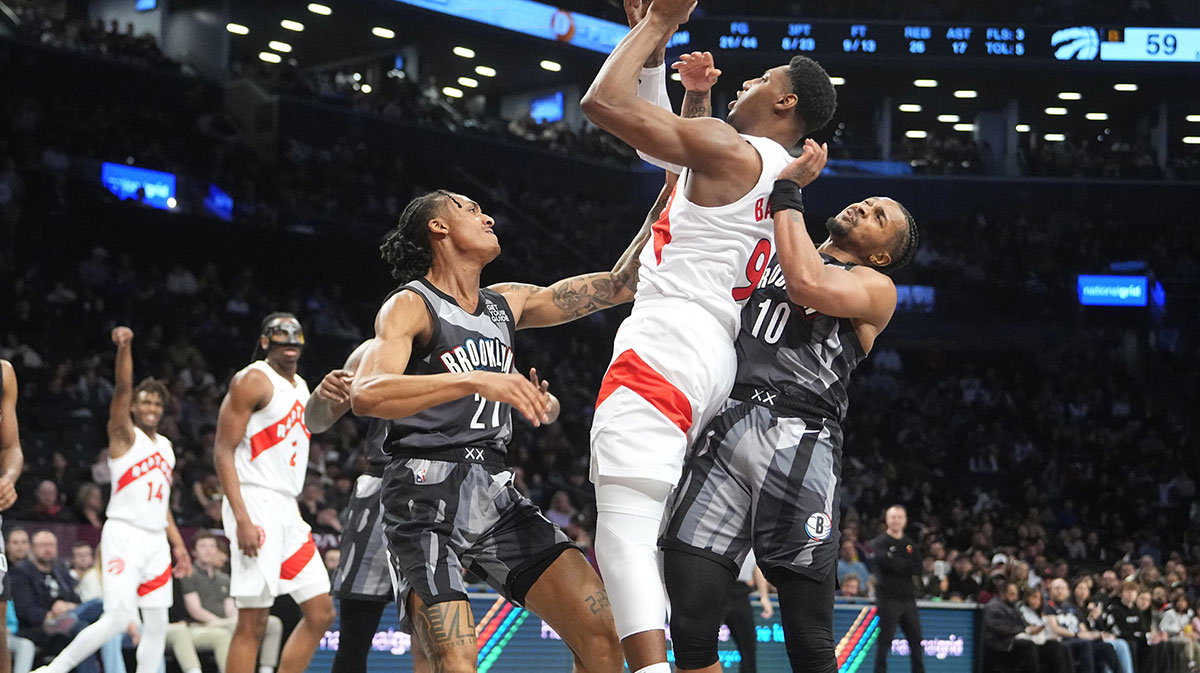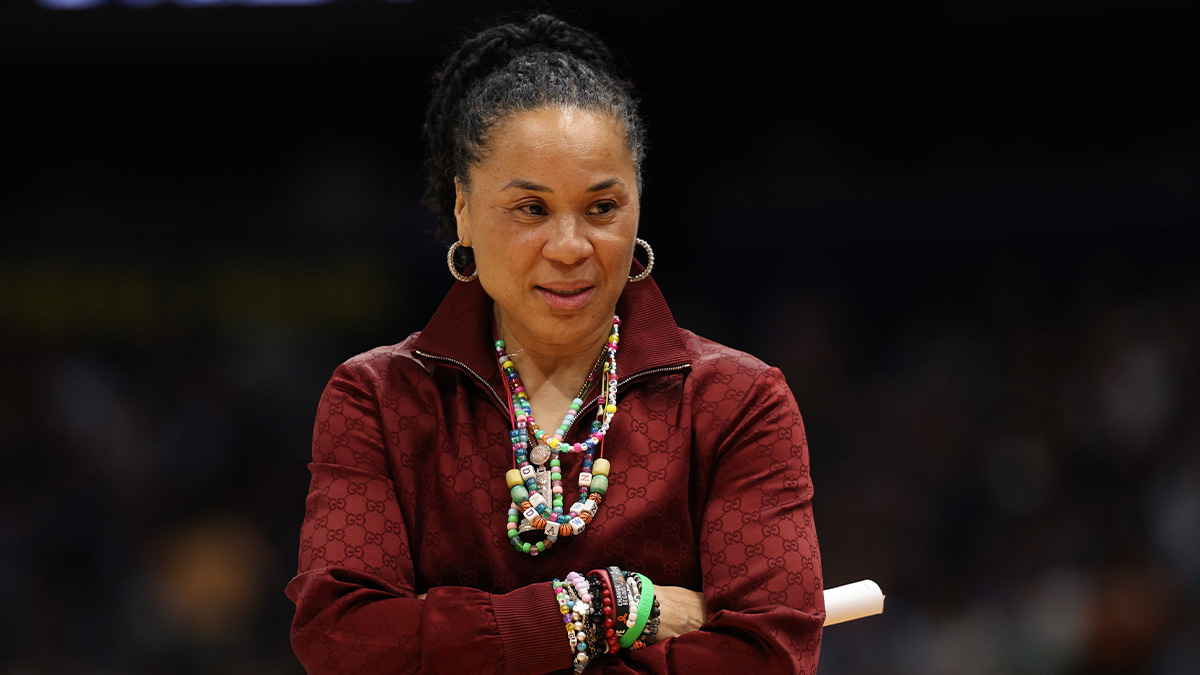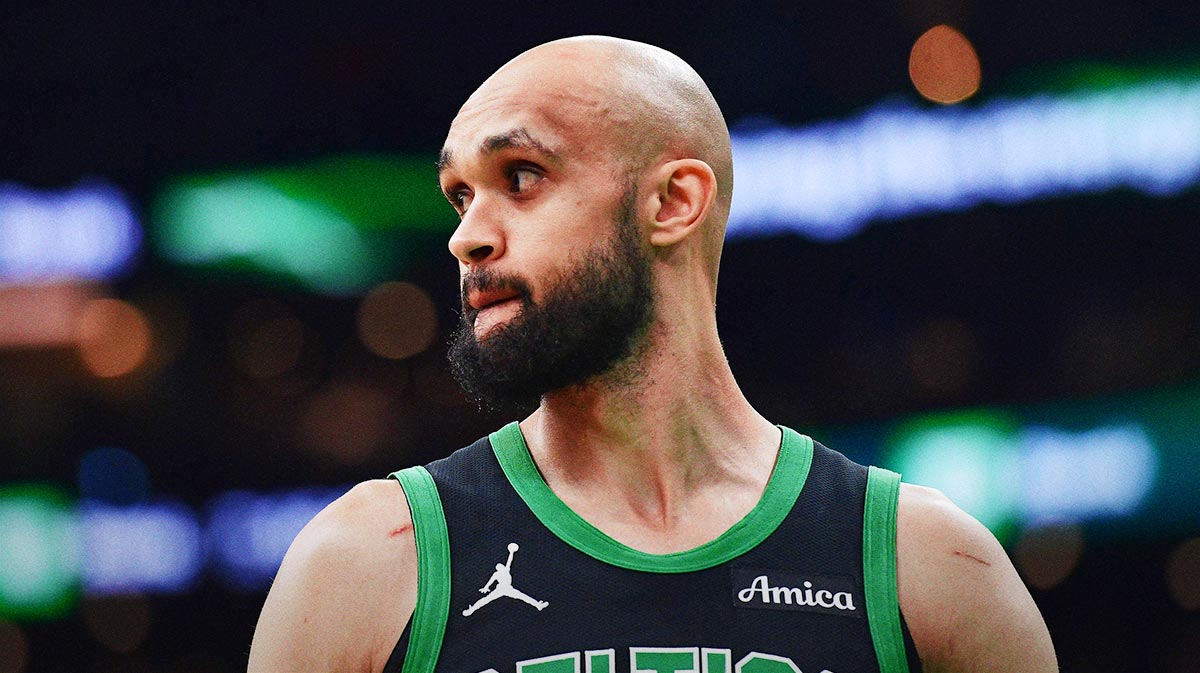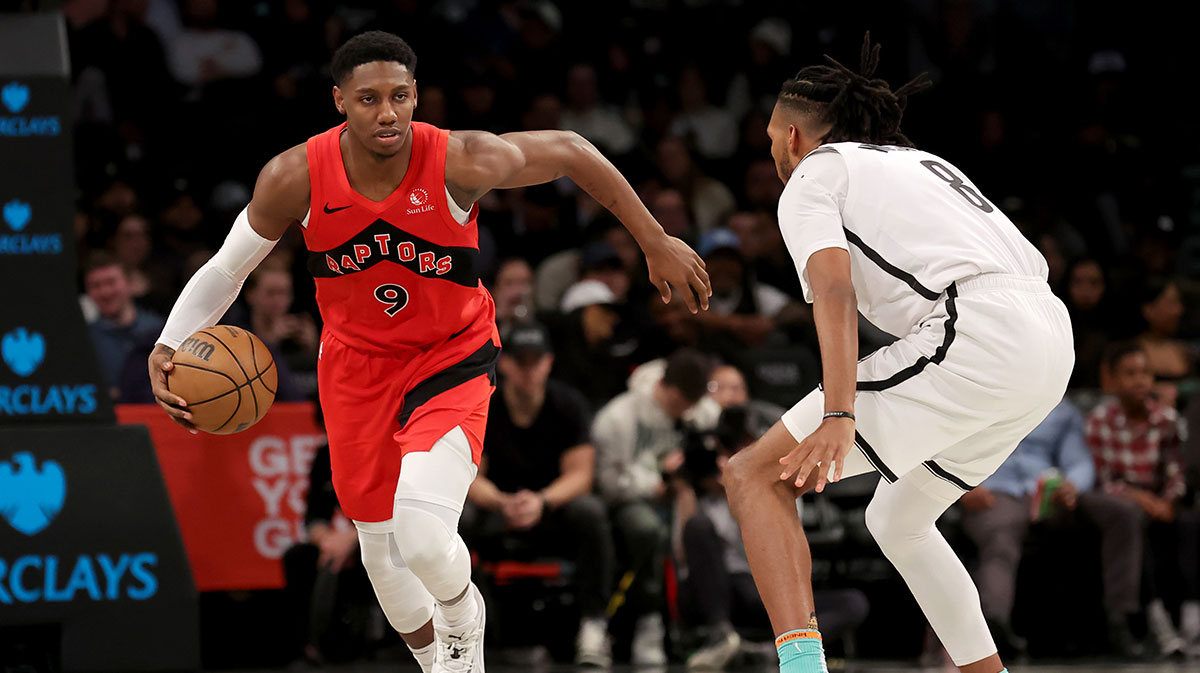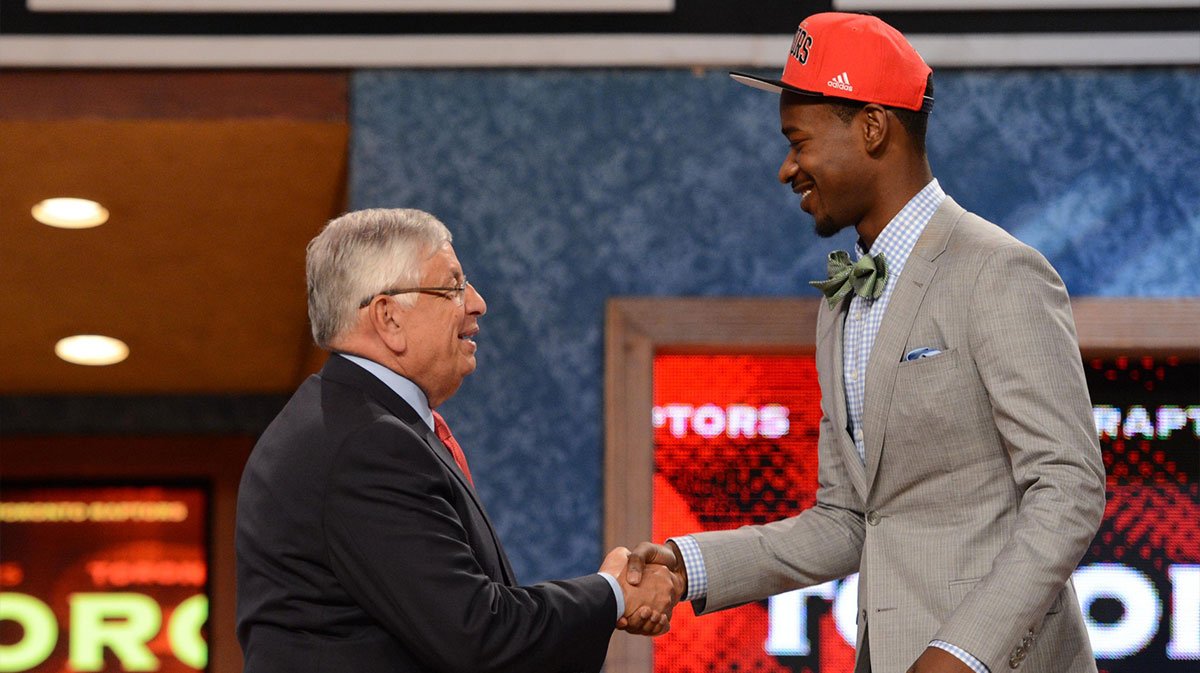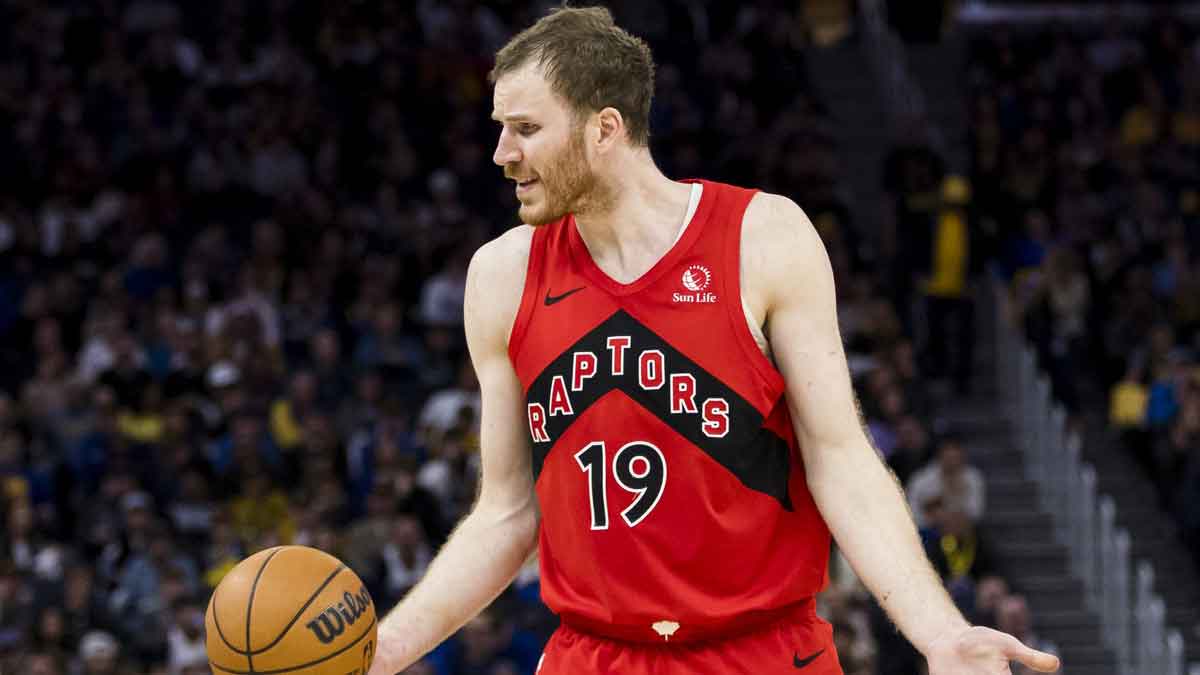DeMar DeRozan, Toronto Raptors killer.
That’s a strange phrase to let rattle around one’s mind, but even stranger to witness in practice. And yet there it was on Monday night, with DeRozan returning to Scotiabank Arena for the first time as a member of the Chicago Bulls–drilling high-difficulty shot after high-difficulty shot down the stretch to help his team put the Raptors away.
Toronto is now sitting 1-3 to start the season and showing the consequences of both their limitations and their youth, all while also providing many reasons to be hopeful for the future.
As always, we take a look at three key takeaways from the Bulls-Raptors game.
Toronto Raptors vs. Chicago Bulls Takeaways
3. The Raptors have a TO problem
This one is pretty straightforward. The Raptors gave up 21 turnovers (Fred VanVleet and Scottie Barnes combined for 14 of those) and this team just doesn’t have the offensive firepower to overcome that sort of damage. The Bulls jumped on the opportunities, too, beating the Raps at their own game and scoring 27 points off of their miscues.
“It’s really just in the flow of the game,” Gary Trent Jr. told reporters. “Everybody’s trying to make a play, make something happen. I doubt anybody goes out there purposefully and tries to turn the ball over.”
It wasn’t just Raptors players throwing the ball away, either. The Bulls’ defense (predicted to be a sieve before the season by many pundits) was solid all night long. With VanVleet and Barnes in particular, the Bulls did a good job of funneling them down to the baseline when on the move–forcing kick-outs that were long and easier to pick off.
And after stopping Anunoby, Lonzo strips Fred VanVleet. How many guys in the league can lock both of those guys down? pic.twitter.com/biFyTpn9nz
— Steph Noh (@StephNoh) October 26, 2021
This will be a much less challenging area of the game to control once Pascal Siakam returns, as everything will be, because the creation load won’t be so heavily placed upon the shoulders of VanVleet and his rookie teammate.
2. Fred VanVleet needs patience, too
While it’s maybe not as obvious as it is with OG Anunoby, VanVleet has entered a season that is asking more of him than ever. Without Kyle Lowry, Siakam on the sidelines, and the team containing a serious lack of creators and scoring threats, FVV has the burden of making this team click offensively thrust upon him.
That’s no innocuous task for a player who, to this point, has never been nor purported to be a prodigious initiator on the offensive end. VanVleet has always been at his best off the ball, flying around screens and relocating intelligently to find open gaps where he could catch and fire to sensational effect. He improved as a pick-and-roll creator last season, but he’s nowhere near the level of what a player like Lowry provided Toronto for years.
Even so, that doesn’t mean he’s not still looking to improve that area of his game every chance he gets. While the load he’s carrying right now would overwhelm any player in his situation, he’s doing an admirable job of pushing through.
Yes, VanVleet had eight turnovers Monday night (the most in his career), but he also dished 17 assists (another career-high), doing his utmost to find his teammates in spots where they were comfortable and open.
DeMar DeRozan and the @chicagobulls move to 4-0 for the first time since 1996-97!
Zach LaVine: 22 PTS, 5 AST
Nikola Vucevic: 17 PTS, 8 REB, 3 STL
Fred VanVleet: 15 PTS, 17 AST (career high) pic.twitter.com/fmje5pEvtB— NBA (@NBA) October 26, 2021
“It’s like pinball,” head coach Nick Nurse said post-game when asked about VanVleet’s high-assist, high-turnover night. “He drives down the lane it’s like crash, crash, crash, crash. For the amount of physicality he went through, I thought he was handling it pretty well as much as he was getting knocked around.”
It will take time, but VanVleet is showing real signs of positive growth in his new role, and the reps can only be good for him.
1. Toronto must capitalize on its strengths
As has been discussed numerous times already and is sure to be talked about repeatedly over the course of the season, this Raptors team has a lot of flaws–they don’t put much pressure on the rim, their half-court offence is dreadful, they are young and therefore have a lot of inexperienced guys, their core players are adjusting to new roles, etc.
This means that if they fail to capitalize on what they are good at, they’re going to encounter a heck of a lot of trouble trying to win games.
Against Chicago, the transition attack still wasn’t what it needed to be. There were a lot of easily fixable mistakes, including outlets that were sent directly into traffic, lobs that were off by a smidgeon or weren’t being put down, and ball-handler decisions that were made a beat too late. Toronto managed to generate 18 fastbreak points, but that number could’ve been significantly higher.
The silver lining, of course, is that these issues seem largely to be related to connectivity—an amalgam of young players and fresh faces making for early misfires. Over time, the transition attack should improve, especially since it features many players classically good at (or purportedly good at) attacking and creating in the open floor.


